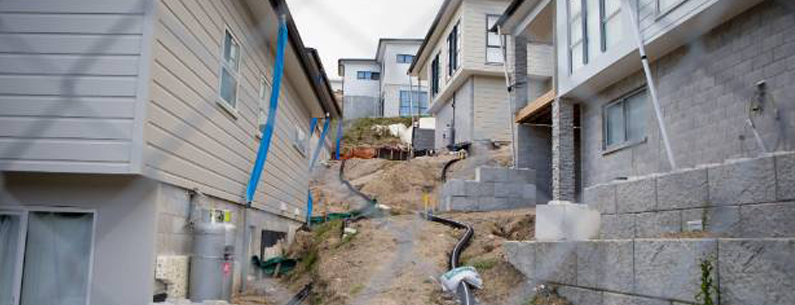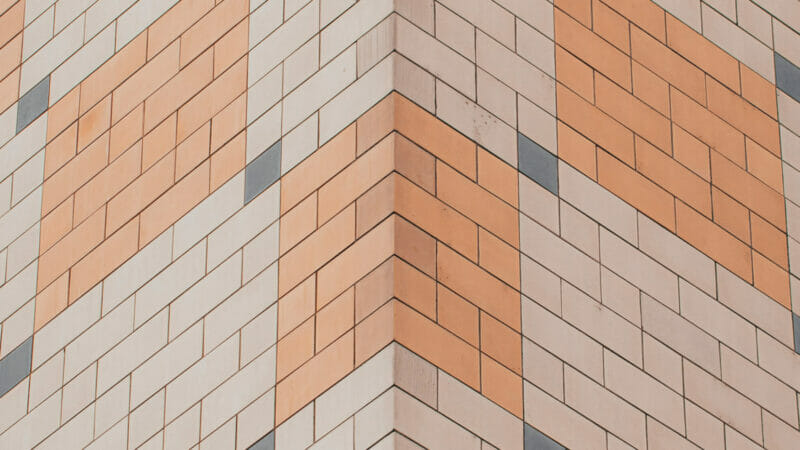Rice Speir’s recent involvement in the “Bella Vista Homes” situation in Tauranga has prompted this update on the dangerous and affected building regime in the Building Act 2004 (the Act). As media reports suggest it is unprecedented for 21 homes to have been issued with dangerous and/or affected building notices at the same time. In addition, this case appears to be the first documented use of the “affected building” classification that was introduced to the Act in 2013 following the Canterbury earthquakes.
Our take home points
- The dangerous and/or affected building provisions are for the protection of the public. They should be considered in a fair, large and liberal way.
- Councils everyday deal with real people with real problems. As regulators operating within a statutory framework, councils work at the edge with short notice and in difficult situations. We know from our experience working with councils that they go the extra mile and they care.
- Just because notices aren’t often issued does not mean that they shouldn’t be in appropriate situations.
- The decision to issue notices can be urgent and is sometimes finely balanced. Not everyone will agree with your logic but you need to be at your best when your best is needed.
- Your thinking and preparation of the notices will be scrutinised at a later time by others without context. In these times, you need to be thinking clearly and recording your steps in a logical way.
- You are not alone in making these tough decisions. You belong to a team that must come together in order to achieve the appropriate outcomes.
What is a dangerous building?
The dangerous building provisions of the Act have not received a lot of judicial consideration. Most of the reported cases are pre-2004 and therefore are only of limited value. The overriding objective of the regime however is the protection of the public. The starting point in considering whether a building is dangerous is 121 of the Act. The section is to be interpreted in a fair, large, and liberal way.
121 Meaning of dangerous building
- A building is dangerous for the purposes of this Act if,–
- In the ordinary course of events (excluding the occurrence of an earthquake), the building is likely to cause –
- Injury or death (whether by collapse or otherwise) to any persons in it or to person on other property; or
- Damage to other property
What is “in the ordinary course of events”?
The District Court has determined the phrase “in the ordinary course of events” to mean:
The usual gamut of climatic occurrences likely to be encountered in this country. Such climatic occurrences would include the range of temperature variations and different climatic conditions that are likely to be encountered in the course of a year. For example, dry and wet spells, heavy downpours, winter storms, equinoctial gales. The phrase would not include, however, incidents not normally occurring such as for example 50 year floods and cyclones.
Local conditions can also be factored into the consideration. For example, Rotorua has a more corrosive atmosphere given its unique climactic conditions and, arguably, Tauranga is more prone to slips than some other parts of New Zealand as evidenced by the fact that a 2005 storm event caused over 2000 slips in the area.
What is “likely to cause injury or death”?
The phrase “likely to cause injury or death” has been considered on several occasions, albeit some time ago. In one case it was held that “likely” does not mean “probable” as that put the test too high. On the other hand a mere possibility is not enough.
Essentially, what is required is “a reasonable consequence or [something which] could well happen” or “the reasonable probabilities are that the building will cause injury or death unless it gets timeous attention.”
What sort of “damage to other property” is anticipated?
It is often overlooked that a building doesn’t have to cause injury or death to be dangerous. Damage to other property is an equal trigger. Therefore, you have to be able to point to one building being a risk to another building nearby. This creates an interesting overlap with the “affected building” regime that was introduced in 2013.
What is an affected building?
In 2013 the Building Amendment Act introduced a new category of “affected building”. The section has its origins in the Orders in Council enacted to assist the Canterbury region to deal with dangerous buildings following the 2010/2011 earthquakes.
Section 121A provides that councils can issue dangerous building notices in respect of buildings that may not be dangerous buildings in themselves but are “affected” by another building. The affected building must be adjacent to, adjoining, or nearby a dangerous building.
Perhaps the most common situation where this could arise (as was the case with Bella Vista) is roofs lifting under gale force winds and the potential for non-dangerous buildings “down wind” to be affected. Similarly, where buildings are perched on cliffs for example there is the potential for an otherwise safe building below to be affected due to the risk of the building above collapsing and causing danger to people or property below.
What powers are available to the council when it is satisfied that a building is dangerous and/or affected?
If satisfied that a building is dangerous or affected, a council may attach a notice warning people not to approach the building; fence off access to the building; issue a notice restricting entry to a building; and/or give notice requiring work to be done to reduce or remove the danger.
There is no particular process or procedure that must be followed for the issuance of a dangerous building notice. No form is prescribed and there is not even a requirement that the notice be signed. However, where a notice requires work to be carried out on the dangerous building, certain criteria must be met. The council can apply to the District Court for an order authorising it to carry out the building work if the work is not completed or not proceeding with reasonable speed.
If a council has identified a building as being dangerous or affected, it is an offence for a person to use or occupy, or to permit another person to use or occupy that building.
Conclusion
The dangerous and/or affected building provisions in the Act are not often used but that doesn’t mean they shouldn’t be in appropriate situations. Remember, the provisions are designed for the protection of the public and should be interpreted in a fair, large and liberal way.
The circumstances around dangerousness can present urgently and the decision is sometimes finely balanced. Not everyone will agree with your logic but you need to be at your best when your best is needed. In saying that, you are part of a team that must come together in order to make these tough calls.
Decisions by local authorities always involve competing issues. However, if you are thinking clearly and recording your steps in a logical way you are best placed to find the right way forward.
The team at Rice Speir are passionate about building control and are available to discuss difficult decisions before they are made. We look forward to receiving these types of calls.
By Nathan Speir and Luka Grbavac, Partner and Solicitor at Rice Speir



